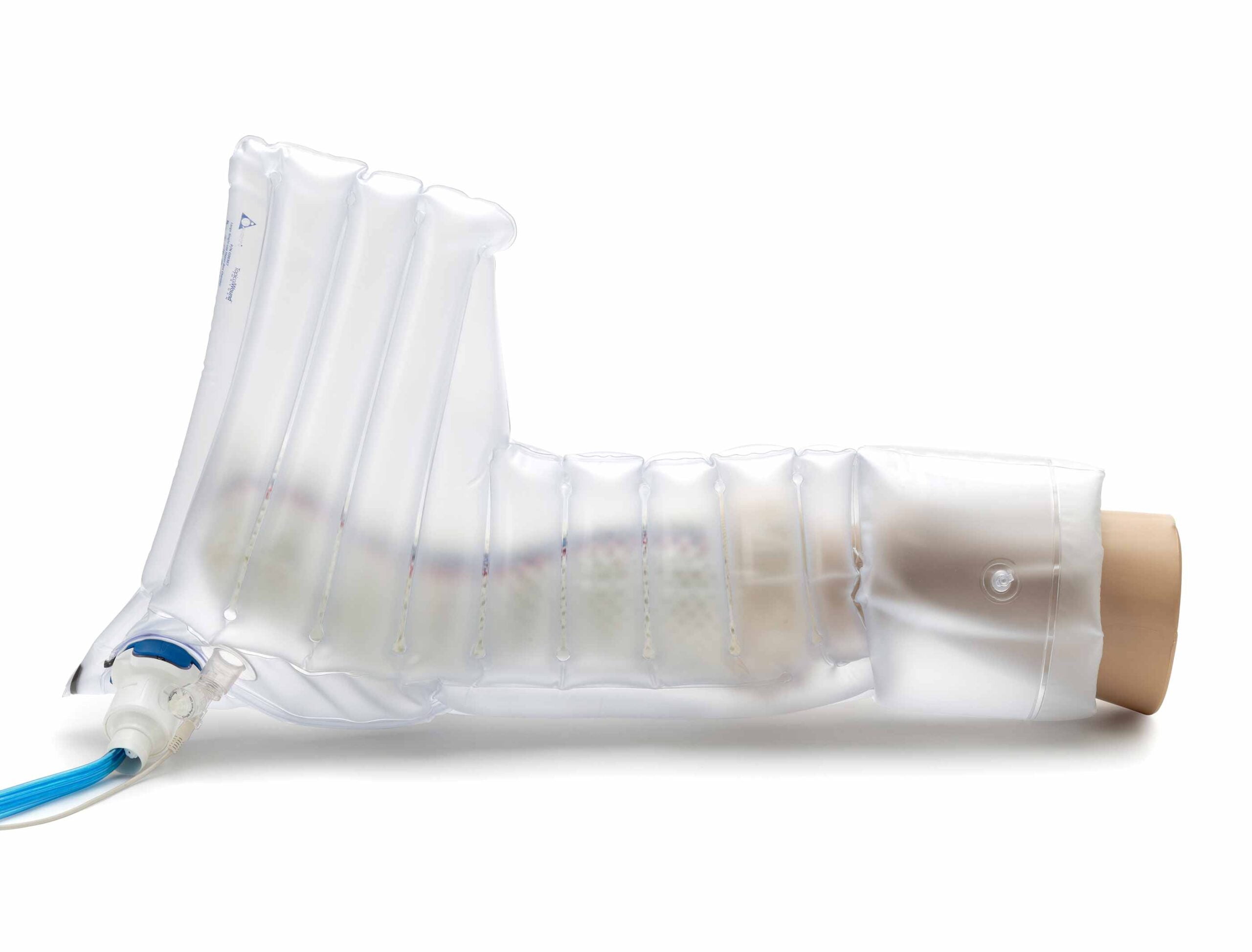Normal
0
false
false
false
EN-US
X-NONE
X-NONE
/* Style Definitions */
table.MsoNormalTable
{mso-style-name:”Table Normal”;
mso-tstyle-rowband-size:0;
mso-tstyle-colband-size:0;
mso-style-noshow:yes;
mso-style-priority:99;
mso-style-qformat:yes;
mso-style-parent:””;
mso-padding-alt:0in 5.4pt 0in 5.4pt;
mso-para-margin-top:0in;
mso-para-margin-right:0in;
mso-para-margin-bottom:10.0pt;
mso-para-margin-left:0in;
line-height:115%;
mso-pagination:widow-orphan;
font-size:11.0pt;
font-family:”Calibri”,”sans-serif”;
mso-ascii-font-family:Calibri;
mso-ascii-theme-font:minor-latin;
mso-hansi-font-family:Calibri;
mso-hansi-theme-font:minor-latin;
mso-bidi-font-family:”Times New Roman”;
mso-bidi-theme-font:minor-bidi;}
Vascular ulcers, a manifestation of compromised blood flow often stemming from vascular diseases, demand specialized care and targeted interventions to facilitate healing and prevent recurrence. Addressing these ulcers requires a multifaceted approach focused on improving vascular health and promoting wound healing.
Key facets defining effective vascular ulcer care include:
- Vascular Assessment: Thorough evaluation of vascular health, including arterial and venous circulation, guides interventions to improve blood flow. Strategies may involve medication, angioplasty, or bypass surgery to address underlying vascular issues.
- Optimized Wound Care: Proper wound care involves cleaning the ulcer, applying specialized dressings to foster healing, and managing infection risks. Addressing factors hindering healing, such as necrotic tissue, is crucial.
- Pressure Redistribution: Offloading pressure from the affected area helps promote healing. Techniques like using specialized footwear, padding, or orthotic devices aid in reducing pressure on the ulcerated area.
- Multidisciplinary Collaboration: Collaboration among healthcare professionals, including vascular surgeons, wound care specialists, nurses, and physical therapists, ensures a comprehensive approach tailored to the unique needs of each patient.
Preventing recurrence through ongoing vascular management, patient education on preventive measures, and lifestyle modifications are critical aspects of vascular ulcer care. Empowering individuals to actively participate in their care contributes significantly to better outcomes.
Investments in research, education, and advanced interventions demonstrate a commitment to enhancing vascular ulcer care. Ongoing developments aim to improve vascular interventions, reduce ulcer recurrence rates, and enhance the quality of life for individuals affected by these ulcers.


